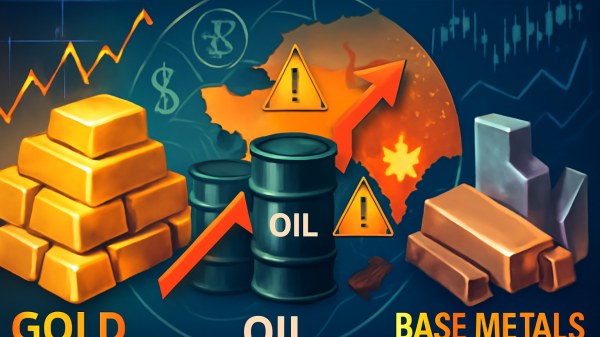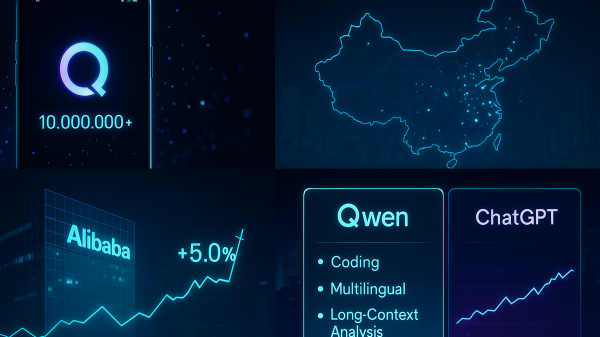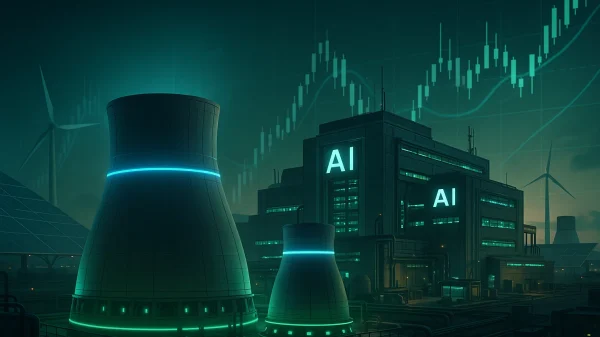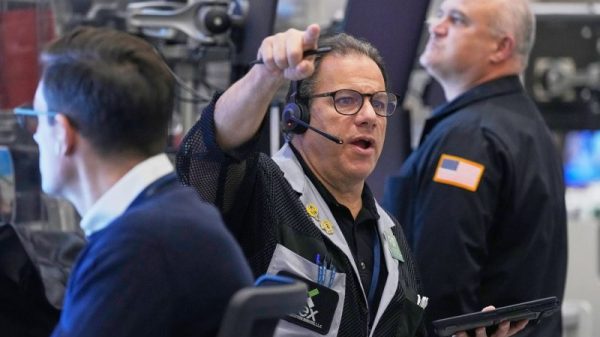Fed Watch Advisors’ founder Ben Emons warns the US will continue to depend on China for rare earth minerals for the foreseeable future.
US rare earth stocks have been pushing higher in recent sessions after China announced new export curbs on the minerals.
Additionally, JPMorgan has announced a $1.5 trillion investment plan, including up to $10 billion earmarked for critical minerals – further adding fuel to the rally.
Despite this market enthusiasm, however, Emons cautions “we’ll be reliant on Chinese rare earths for quite some time,” especially for heavy rare earths vital to defense applications.
Why did the US rare earth industry falter
The US rare earth mining industry collapsed in the early 2000s when Beijing flooded global markets with a cheap supply.
“China was already producing a fair bit of rare earth minerals but was dumping it out there,” Emons explained.
The resulting price crash forced the closure of Mountain Pass, the only active US mine at the time.
Since then, America has lacked a national strategy for rare earths.
In fact, “it geologically doesn’t even have the heavy rare earth elements,” Emons revealed in a CNBC interview this morning.
Note that heavy rare earths are essential for military equipment.
The absence of centralised policy and strategic foresight has left the US exposed to supply shocks and geopolitical risk.
Why reducing China’s dependence will take years
Even with renewed urgency, rebuilding domestic capacity in rare earth minerals won’t be quick.
Emons points to Greenland as a potential source, with an estimated 38.5 million metric tons of unexplored heavy rare earth deposits.
The US is exploring a compact of free association with Denmark to begin mining there, but timelines are long.
“Estimates are anywhere from 7 to 10 years to have a mine fully operational,” the Fed Watch expert said.
Meanwhile, the National Defense Authorization Act mandates the elimination of Chinese-sourced rare earths in defense magnets by 2027.
“I’m not sure we actually will,” he admitted, citing Pentagon stockpiles that may run dry around 2027 – 2028.
With no other country matching China’s scale, the US faces a strategic bottleneck.
What’s the path forward for US rare earths?
Solutions remain complex and fragmented. JPMorgan’s investment announcement signals private sector interest, but Emons sees limits.
“You don’t invest without making a return on it,” he said, suggesting JPM’s move is commercially driven rather than strategic.
While lighter rare earths may support EVs and consumer industries, defense needs remain unmet.
Emons emphasized the challenge: “Unless we find other types of technology to get it fast out of the ground … it seems to be really challenging.”
Other countries like Vietnam, Ukraine, and Argentina hold potential reserves, but extraction time-lines are long.
For now, America must navigate a delicate balance between national security imperatives and global supply realities.
The post Why the US will be dependent on China for rare earths for ‘quite some time’ appeared first on Invezz
























